Now that the rocks for our Thin Branch project railroad are in place, it’s time to paint them. David shares an easy 3-step painting technique that produces realistic rock outcroppings. […]
Thin Branch Series: Painting rocks
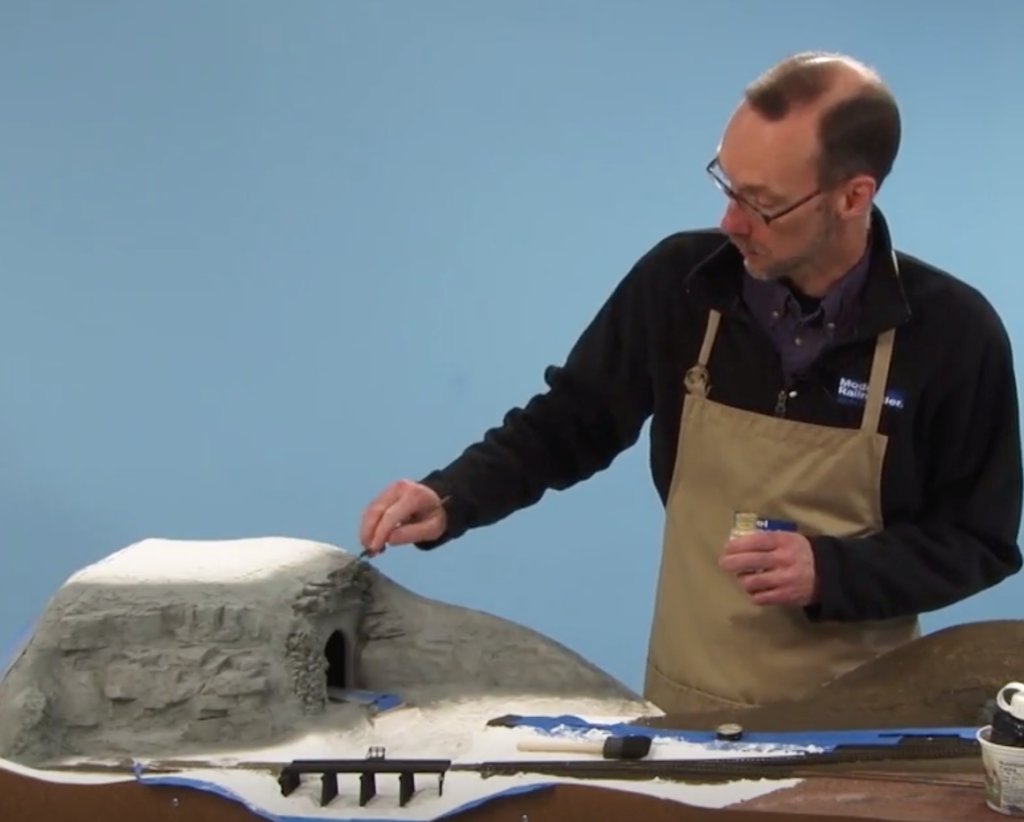

Now that the rocks for our Thin Branch project railroad are in place, it’s time to paint them. David shares an easy 3-step painting technique that produces realistic rock outcroppings. […]
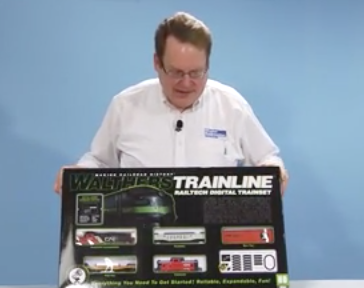
This ready-to-run train set from Walthers includes everything you need to get started in the model railroading hobby. The set features a locomotive, freight cars, caboose, track, and a Digital Command Control (DCC) and sound system. In this video, Model Railroader associate editor Steve Otte shows you how to set up and operate this ready-to-run […]

This ready-to-run train set from Walthers includes everything you need to get started in the model railroading hobby. The set features a locomotive, freight cars, caboose, track, and a Digital Command Control (DCC) and sound system. In this video, Model Railroader associate editor Steve Otte shows you how to set up and operate this ready-to-run […]
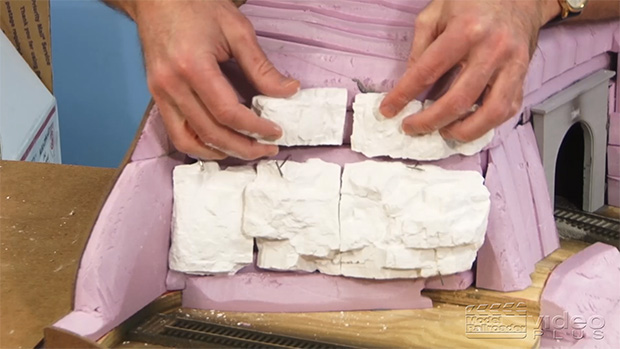
Having trouble viewing this video? Please visit our Video FAQ page Once you’ve cast rocks in plaster, it’s time to install them on the layout. In this video, David shows you how he cut, fit, and cemented plaster rock castings to the Thin Branch project railroad. […]
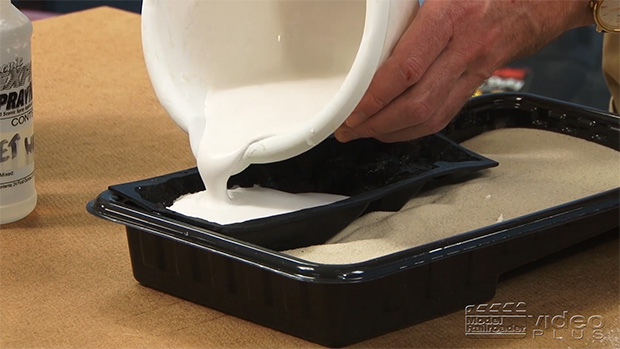
Having trouble viewing this video? Please visit our Video FAQ page Whether it’s a mountain face or just a simple outcropping, sooner or later you’ll probably need to model rocks on your layout. In this video, David shows you how he cast rocks from plaster for the Thin Branch project railroad. […]

Having trouble viewing this video? Please visit our Video FAQ page Whether it’s a mountain face or just a simple outcropping, sooner or later you’ll probably need to model rocks on your layout. In this video, David shows you how he cast rocks from plaster for the Thin Branch project railroad. […]

Having trouble viewing this video? Please visit our Video FAQ page Once you’ve cast rocks in plaster, it’s time to install them on the layout. In this video, David shows you how he cut, fit, and cemented plaster rock castings to the Thin Branch project railroad. […]
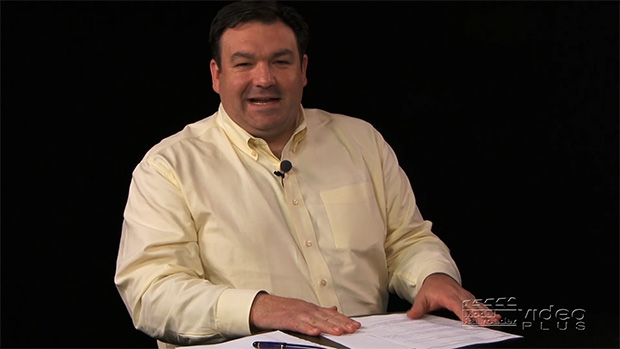
Having trouble viewing this video? Please visit our Video FAQ page In this installment of The Roundhouse, our video talk show, host Hal Miller engages Neil Besougloff and Dana Kawala on topics including realistic or minimalistic scenery, need–to–have accessories, picks for “best ever” freight locomotives, and more. […]

Having trouble viewing this video? Please visit our Video FAQ page In this installment of The Roundhouse, our video talk show, host Hal Miller engages Neil Besougloff and Dana Kawala on topics including realistic or minimalistic scenery, need–to–have accessories, picks for “best ever” freight locomotives, and more. […]
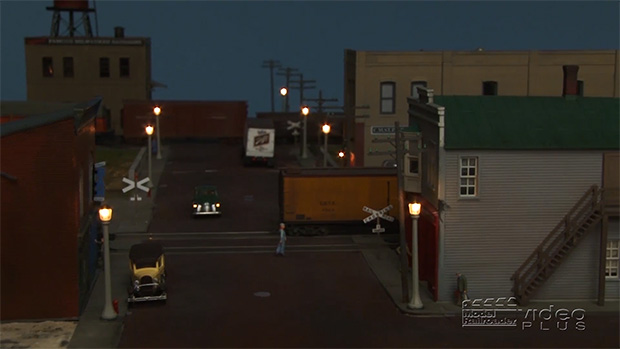
Having trouble viewing this video? Please visit our Video FAQ page Model Railroader’s HO scale Beer Line layout was built to celebrate the magazine’s 75th anniversary. In this video, David Popp shows you how he added miniature lighting to the layout. This is a project that can be accomplished on most model railroads. […]

Having trouble viewing this video? Please visit our Video FAQ page Model Railroader’s HO scale Beer Line layout was built to celebrate the magazine’s 75th anniversary. In this video, David Popp shows you how he added miniature lighting to the layout. This is a project that can be accomplished on most model railroads. […]
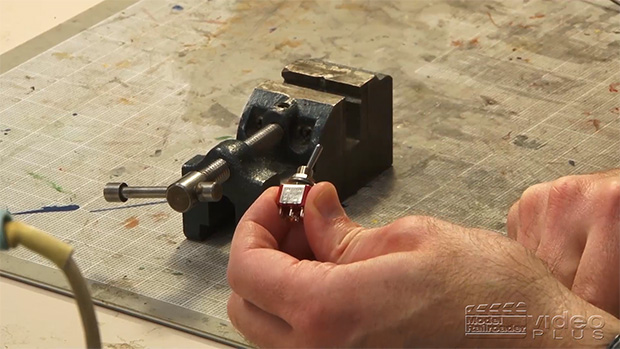
Having trouble viewing this video? Please visit our Video FAQ page Power-reversing switches are commonly used when wiring switch motors or creating reverse loops on DC-powered layouts. Learn how to make your own reversing switches using a common double-pole double throw toggle switch. […]